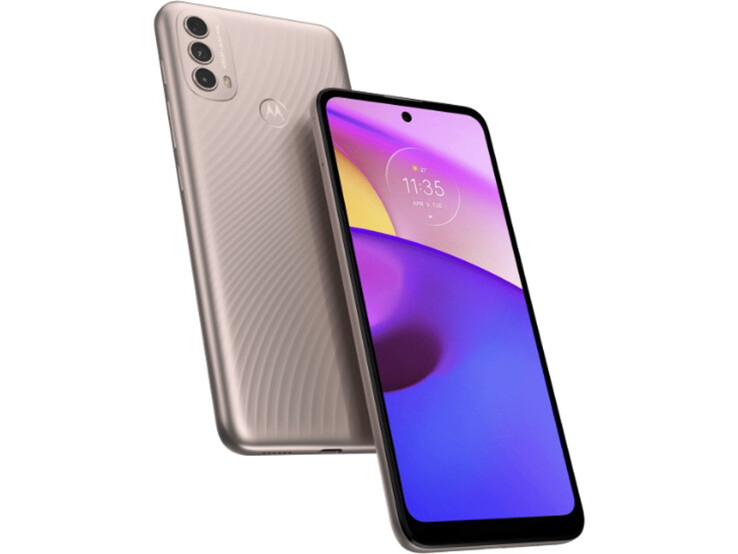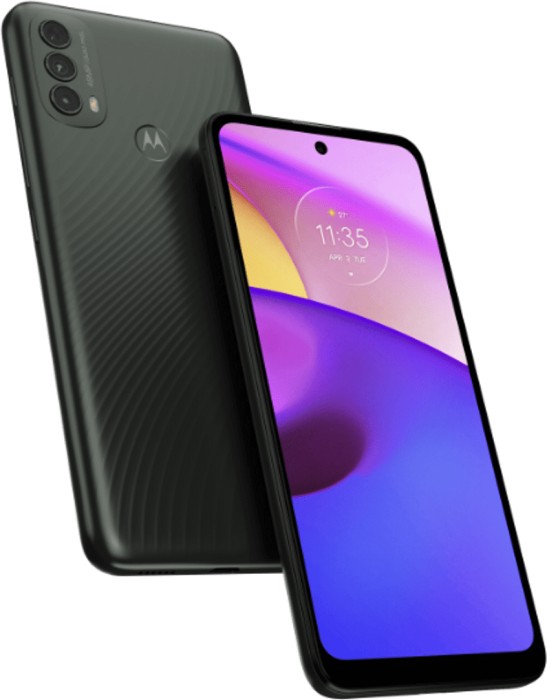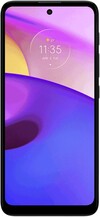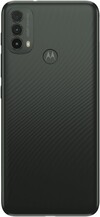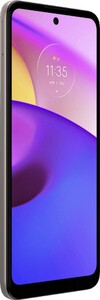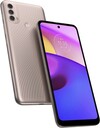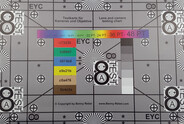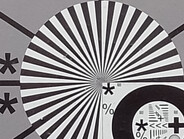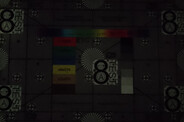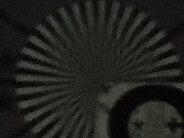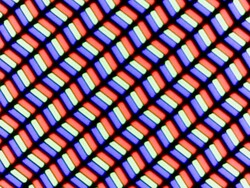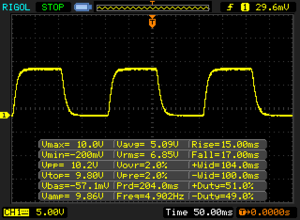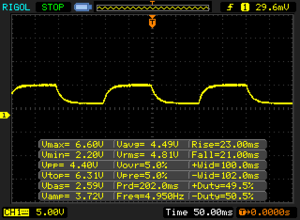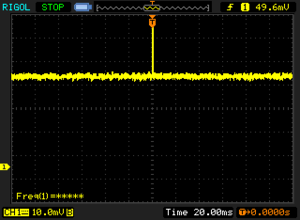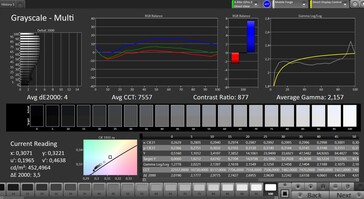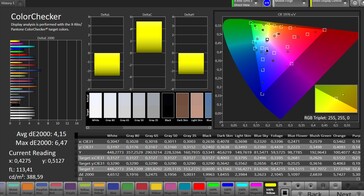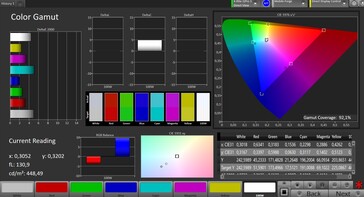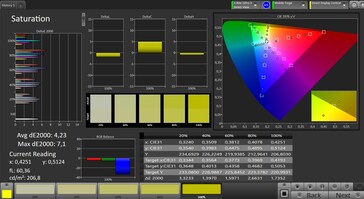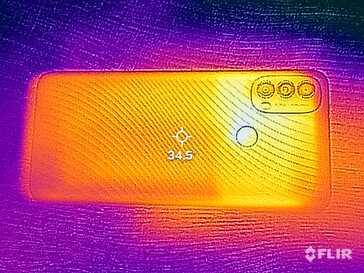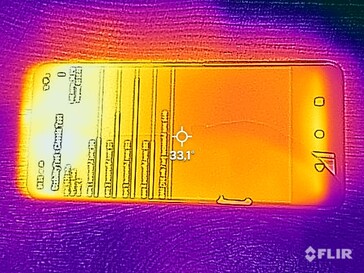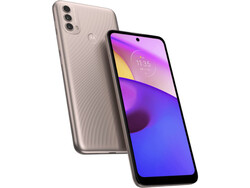Motorola Moto E40 smartphone review - Scrolling smoothly for little money
Possible competitors in comparison
Bewertung | Datum | Modell | Gewicht | Laufwerk | Groesse | Aufloesung | Preis ab |
|---|---|---|---|---|---|---|---|
| 77.1 % v7 (old) | 11 / 2021 | Motorola Moto E40 Tangula T700, Mali-G52 MP2 | 198 g | 64 GB eMMC Flash | 6.50" | 1600x720 | |
| 78.1 % v7 (old) | 07 / 2021 | Motorola Moto G20 Tangula T700, Mali-G52 MP1 | 200 g | 64 GB eMMC Flash | 6.50" | 1600x720 | |
| 77.3 % v7 (old) | 04 / 2021 | Motorola Moto G10 SD 460, Adreno 610 | 200 g | 64 GB eMMC Flash | 6.50" | 1600x720 | |
| 72.5 % v7 (old) | 03 / 2021 | Samsung Galaxy A02s SD 450, Adreno 506 | 196 g | 32 GB eMMC Flash | 6.50" | 1600x720 | |
| 75.3 % v7 (old) | 04 / 2021 | Xiaomi Redmi 9AT Helio G25, PowerVR GE8320 | 194 g | 32 GB eMMC Flash | 6.53" | 1600x720 |
Case, features and operation - Moto phone with dedicated microSD slot
Since Motorola now also offers very inexpensive smartphones from the G series, such as the Moto G20 or Moto G10, the inexpensive Moto E-series has almost become superfluous. Nevertheless, Motorola keeps it and presents the Moto E40, a 6.5-inch device for just under 140 Euros (~$158).
The casing is of course made of plastic at the back, but it looks very sturdy and is even protected against dust and splash water according to IP52. In terms of design, Motorola has taken its cue from the Moto G10 and also uses a wave pattern for the Moto E40, but it is slightly different. The camera module is also integrated more elegantly into the casing of the Moto E40. Available colors are a medium gray and a rose-gold tone.
64 GB eMMC flash seems to establish itself as a standard even in the cheaper smartphones, and 4 GB of working memory should be sufficient for a less demanding everyday life. However, NFC, as in many competing models in this price range, is not available. Thus, mobile payment services cannot be used, for example.
2 SIMs and a microSD card can be inserted thanks to three slots. The microSD reader achieves decent transfer rates for the price range with our reference microSD Angelbird V60, but is a bit slower than the Moto G20. In terms of Internet, you have to make do with Wi-Fi 4, i.e. 802.11n. The Moto E40 achieves decent transfer rates, but cannot keep up with the Moto G models with Wi-Fi 5.
You will not find 5G here, but at least a medium number of 4G frequencies are supported. When traveling abroad, you should check on the Internet beforehand whether you can use the inexpensive phone in the LTE network there.
A fingerprint sensor is found on the back. It needs a memorial lesson before it unlocks the smartphone, but it works reliably. There is also a Google Assistant button on the right side.
Android 11 is preinstalled, the security patches are from September 2021 and thus older at the time of testing. The smartphone occasionally has problems connecting to the PC and crashes. Motorola should urgently improve this.
| SD Card Reader - average JPG Copy Test (av. of 3 runs) | |
| Average of class Smartphone (5.72 - 58.9, n=68, last 2 years) | |
| Motorola Moto G20 (Angelbird V60) | |
| Motorola Moto E40 (Angelbird V60) | |
Cross Platform Disk Test (CPDT)
| Networking | |
| iperf3 transmit AX12 | |
| Motorola Moto G20 | |
| Motorola Moto G10 | |
| Motorola Moto E40 | |
| Xiaomi Redmi 9AT | |
| Samsung Galaxy A02s | |
| iperf3 receive AX12 | |
| Motorola Moto G20 | |
| Motorola Moto G10 | |
| Motorola Moto E40 | |
| Xiaomi Redmi 9AT | |
| Samsung Galaxy A02s | |
Cameras - Moto E40 without wide-angle camera
The camera equipment of the Moto E40 differs from the Moto G models in few, but essential areas: The Moto E40 does not have a wide-angle camera and the main camera is a bit slower. In return, the front-facing camera has a slightly wider aperture, so it captures more light.
The main camera also has a resolution of 48 megapixels in the Moto E40, but mostly takes 12-megapixel pictures: For even more light sensitivity, 4 pixels each are simply contracted to one. The main camera thus takes decent pictures for the price range, but naturally does not brighten as well as more expensive lenses. However, the sharpness is still good for such an inexpensive smartphone in very low light.
In the lab in very good light, the camera is slightly pale and the details are somewhat unclean, but the color reproduction is acceptable. At least some image content is still recognizable in 1 lux illumination, which is quite a good performance for a lower mid-range smartphone.
Videos can be recorded in a maximum of 1080p and at 30 fps. Exposure changes and autofocus work quite quickly and reasonably reliably.
Image comparison
Choose a scene and navigate within the first image. One click changes the position on touchscreens. One click on the zoomed-in image opens the original in a new window. The first image shows the scaled photograph of the test device.
Main camera PlantMain camera EnvironmentMain camera Low Light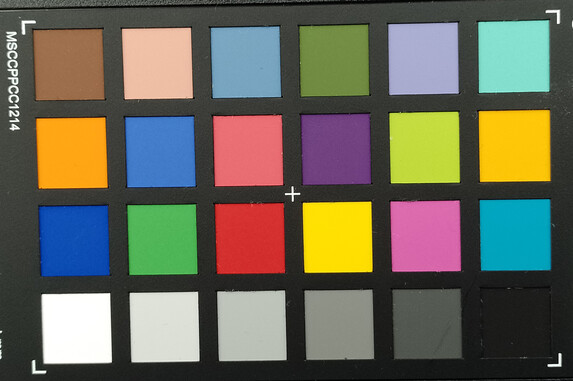
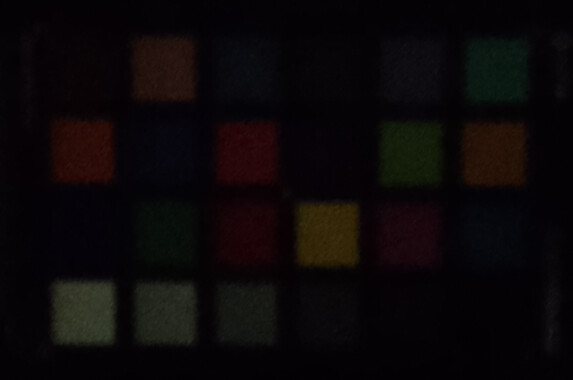
Display - Fast and bright
Similarly priced smartphones from Samsung or Xiaomi cannot offer a 90 Hz display; Motorola currently has a near-monopoly here. Fortunately, the manufacturer even lets us choose whether we always want 90 Hz, 60 Hz or an automatic adjustment by the AI.
The 720p screen is even a bit brighter than other models in this price range in our tests with the CalMAN software and the spectrophotometer, but the black value is also quite high, so the contrast suffers and colors look quite pale on the screen. A slight blue cast is visible, but overall the color reproduction is not that bad for such an inexpensive device.
We did not notice any PWM, but the response times are probably too slow for demanding users.
| |||||||||||||||||||||||||
Brightness Distribution: 90 %
Center on Battery: 452 cd/m²
Contrast: 983:1 (Black: 0.46 cd/m²)
ΔE ColorChecker Calman: 4.15 | ∀{0.5-29.43 Ø4.77}
ΔE Greyscale Calman: 4 | ∀{0.09-98 Ø5}
92.1% sRGB (Calman 2D)
Gamma: 2.157
CCT: 7557 K
| Motorola Moto E40 IPS, 1600x720, 6.5" | Samsung Galaxy A02s PLS, 1600x720, 6.5" | Motorola Moto G20 IPS, 1600x720, 6.5" | Motorola Moto G10 IPS, 1600x720, 6.5" | Xiaomi Redmi 9AT IPS LCD , 1600x720, 6.5" | |
|---|---|---|---|---|---|
| Response Times | 5% | 14% | -51% | -19% | |
| Response Time Grey 50% / Grey 80% * (ms) | 44 ? | 48 ? -9% | 40 ? 9% | 67 ? -52% | 55 ? -25% |
| Response Time Black / White * (ms) | 32 ? | 26 ? 19% | 26 ? 19% | 48 ? -50% | 36 ? -13% |
| PWM Frequency (Hz) | 53760 ? | ||||
| Screen | -10% | 12% | 12% | -15% | |
| Brightness middle (cd/m²) | 452 | 482 7% | 389 -14% | 359 -21% | 374 -17% |
| Brightness (cd/m²) | 431 | 460 7% | 352 -18% | 347 -19% | 345 -20% |
| Brightness Distribution (%) | 90 | 92 2% | 83 -8% | 95 6% | 85 -6% |
| Black Level * (cd/m²) | 0.46 | 0.44 4% | 0.29 37% | 0.18 61% | 0.46 -0% |
| Contrast (:1) | 983 | 1095 11% | 1341 36% | 1994 103% | 813 -17% |
| Colorchecker dE 2000 * | 4.15 | 5.52 -33% | 3.35 19% | 4.89 -18% | 3.86 7% |
| Colorchecker dE 2000 max. * | 6.47 | 7.78 -20% | 6.29 3% | 8.13 -26% | 8.07 -25% |
| Greyscale dE 2000 * | 4 | 6.3 -58% | 2.3 42% | 3.7 7% | 5.7 -43% |
| Gamma | 2.157 102% | 2.54 87% | 2.29 96% | 2.292 96% | 2.307 95% |
| CCT | 7557 86% | 7882 82% | 6923 94% | 7462 87% | 6932 94% |
| Total Average (Program / Settings) | -3% /
-7% | 13% /
13% | -20% /
-1% | -17% /
-16% |
* ... smaller is better
Display Response Times
| ↔ Response Time Black to White | ||
|---|---|---|
| 32 ms ... rise ↗ and fall ↘ combined | ↗ 15 ms rise | |
| ↘ 17 ms fall | ||
| The screen shows slow response rates in our tests and will be unsatisfactory for gamers. In comparison, all tested devices range from 0.1 (minimum) to 240 (maximum) ms. » 85 % of all devices are better. This means that the measured response time is worse than the average of all tested devices (20.2 ms). | ||
| ↔ Response Time 50% Grey to 80% Grey | ||
| 44 ms ... rise ↗ and fall ↘ combined | ↗ 23 ms rise | |
| ↘ 21 ms fall | ||
| The screen shows slow response rates in our tests and will be unsatisfactory for gamers. In comparison, all tested devices range from 0.165 (minimum) to 636 (maximum) ms. » 73 % of all devices are better. This means that the measured response time is worse than the average of all tested devices (31.6 ms). | ||
Screen Flickering / PWM (Pulse-Width Modulation)
| Screen flickering / PWM not detected | |||
In comparison: 53 % of all tested devices do not use PWM to dim the display. If PWM was detected, an average of 8084 (minimum: 5 - maximum: 343500) Hz was measured. | |||
Performance, emissions and battery life - No throttling with good runtimes
The Motorola Moto E40 is equipped with the Unisoc T700 an unusual SoC, but it offers a lot of performance for the price range: The Moto E40 is significantly faster than the Xiaomi Redmi 9AT or the Samsung Galaxy A02s.
The internal eMMC storage on the other hand is relatively slow. The speed is sufficient for everyday use, but you will notice significant differences to higher-quality smartphones when copying or loading.
The maximum heating is harmless and from our tests with the Moto G20 we also know that the SoC usually does not tend to throttle.
The small speaker on the bottom edge gets reasonably loud and is not that bad in terms of sound: Sure, you should not expect basses, but the trebles are not unpleasantly overemphasized and you can definitely listen to a song. Bluetooth or the 3.5 mm jack are used to connect external audio devices.
The Moto E40 gets 16:35 hours of runtime out of the 5000 mAh battery in our WLAN test. That should be enough for more than one workday as long as the phone is only loaded moderately, e.g. surfing the Internet. At the same time, we also have to mention that the runtimes of all comparison devices were even longer. The smartphone can be charged with a maximum of 10 watts. It then sometimes takes over 2 hours until the large battery is full again.
| PCMark for Android - Work 3.0 (sort by value) | |
| Motorola Moto E40 | |
| Motorola Moto G20 | |
| Average UNISOC Tangula T700 (8743 - 8746, n=2) | |
| Average of class Smartphone (4507 - 28557, n=185, last 2 years) | |
| GFXBench | |
| on screen Aztec Ruins Normal Tier Onscreen (sort by value) | |
| Motorola Moto E40 | |
| Motorola Moto G20 | |
| Motorola Moto G10 | |
| Samsung Galaxy A02s | |
| Xiaomi Redmi 9AT | |
| Average UNISOC Tangula T700 (19 - 19, n=2) | |
| Average of class Smartphone (6.2 - 166, n=210, last 2 years) | |
| 1920x1080 Aztec Ruins Normal Tier Offscreen (sort by value) | |
| Motorola Moto E40 | |
| Motorola Moto G20 | |
| Motorola Moto G10 | |
| Samsung Galaxy A02s | |
| Xiaomi Redmi 9AT | |
| Average UNISOC Tangula T700 (11 - 11, n=2) | |
| Average of class Smartphone (3.4 - 367, n=210, last 2 years) | |
| on screen Aztec Ruins High Tier Onscreen (sort by value) | |
| Motorola Moto E40 | |
| Motorola Moto G20 | |
| Motorola Moto G10 | |
| Samsung Galaxy A02s | |
| Xiaomi Redmi 9AT | |
| Average UNISOC Tangula T700 (12 - 12, n=2) | |
| Average of class Smartphone (0.85 - 144, n=211, last 2 years) | |
| 2560x1440 Aztec Ruins High Tier Offscreen (sort by value) | |
| Motorola Moto E40 | |
| Motorola Moto G20 | |
| Motorola Moto G10 | |
| Samsung Galaxy A02s | |
| Xiaomi Redmi 9AT | |
| Average UNISOC Tangula T700 (3.7 - 3.7, n=2) | |
| Average of class Smartphone (1.2 - 146, n=210, last 2 years) | |
| Motorola Moto E40 | Motorola Moto G20 | Motorola Moto G10 | Samsung Galaxy A02s | Xiaomi Redmi 9AT | Average 64 GB eMMC Flash | Average of class Smartphone | |
|---|---|---|---|---|---|---|---|
| AndroBench 3-5 | -19% | 63% | 55% | -13% | 9% | 825% | |
| Sequential Read 256KB (MB/s) | 265 | 263.3 -1% | 295.9 12% | 299 13% | 266.4 1% | 277 ? 5% | 2253 ? 750% |
| Sequential Write 256KB (MB/s) | 156.3 | 219.5 40% | 172.4 10% | 103.9 -34% | 84.2 -46% | 178.4 ? 14% | 1878 ? 1102% |
| Random Read 4KB (MB/s) | 56 | 24.9 -56% | 123 120% | 84.8 51% | 46.49 -17% | 60.7 ? 8% | 298 ? 432% |
| Random Write 4KB (MB/s) | 30.7 | 12.6 -59% | 64.5 110% | 88.5 188% | 33.53 9% | 33.8 ? 10% | 342 ? 1014% |
Temperature
(+) The maximum temperature on the upper side is 37.1 °C / 99 F, compared to the average of 35.2 °C / 95 F, ranging from 21.9 to 247 °C for the class Smartphone.
(+) The bottom heats up to a maximum of 37.9 °C / 100 F, compared to the average of 34 °C / 93 F
(+) In idle usage, the average temperature for the upper side is 22 °C / 72 F, compared to the device average of 32.9 °C / 91 F.
Speaker
Motorola Moto E40 audio analysis
(+) | speakers can play relatively loud (84.7 dB)
Bass 100 - 315 Hz
(-) | nearly no bass - on average 33.9% lower than median
(±) | linearity of bass is average (7.1% delta to prev. frequency)
Mids 400 - 2000 Hz
(±) | higher mids - on average 6.3% higher than median
(±) | linearity of mids is average (10% delta to prev. frequency)
Highs 2 - 16 kHz
(+) | balanced highs - only 3.9% away from median
(+) | highs are linear (5.9% delta to prev. frequency)
Overall 100 - 16.000 Hz
(±) | linearity of overall sound is average (25.8% difference to median)
Compared to same class
» 64% of all tested devices in this class were better, 6% similar, 29% worse
» The best had a delta of 11%, average was 35%, worst was 134%
Compared to all devices tested
» 79% of all tested devices were better, 4% similar, 17% worse
» The best had a delta of 4%, average was 24%, worst was 134%
Samsung Galaxy A02s audio analysis
(±) | speaker loudness is average but good (80 dB)
Bass 100 - 315 Hz
(-) | nearly no bass - on average 33.7% lower than median
(±) | linearity of bass is average (9.2% delta to prev. frequency)
Mids 400 - 2000 Hz
(±) | higher mids - on average 6.7% higher than median
(±) | linearity of mids is average (7.7% delta to prev. frequency)
Highs 2 - 16 kHz
(+) | balanced highs - only 4.5% away from median
(+) | highs are linear (6% delta to prev. frequency)
Overall 100 - 16.000 Hz
(-) | overall sound is not linear (31.2% difference to median)
Compared to same class
» 80% of all tested devices in this class were better, 3% similar, 17% worse
» The best had a delta of 11%, average was 35%, worst was 134%
Compared to all devices tested
» 90% of all tested devices were better, 2% similar, 8% worse
» The best had a delta of 4%, average was 24%, worst was 134%
Battery life
| Motorola Moto E40 5000 mAh | Samsung Galaxy A02s 5000 mAh | Motorola Moto G20 5000 mAh | Motorola Moto G10 5000 mAh | Xiaomi Redmi 9AT 5000 mAh | Average of class Smartphone | |
|---|---|---|---|---|---|---|
| Battery Runtime | ||||||
| WiFi Websurfing (h) | 16.6 | 20 20% | 16.8 1% | 17.3 4% | 19.1 15% | 19.2 ? 16% |
Pros
Cons
Verdict - Good, but with strong competition
Motorola's Moto E40 definitely has some advantages over similarly priced smartphones: First and foremost, of course, the quite bright 90 Hz screen, which is still hardly found in this price range. In addition, there is a decent speaker, a passable camera, and a somewhat faster WLAN.
The performance rates are also convincing despite the unusual SoC, and the battery runtimes are quite competitive.
It is annoying that the manufacturer does not use NFC and that the software sometimes has problems connecting to the PC.
Motorola launches a compelling smartphone for little money with the Moto E40. The 90 Hz screen is a highlight, but there are also some limitations like missing NFC.
In addition, Motorola also competes with itself: With the Moto G20 there is already a convincing alternative in the manufacturer's lineup that features NFC, a wide-angle camera, and even faster Internet. Officially, there is a price difference of 10 Euros (~$11) between the two smartphones, but this is already non-existent at retailers. The Moto E40 would only be a real alternative for us if it were significantly cheaper than the Moto G20.
Price and availability
You can currently get the Motorola Moto E40 for just under €140 (~$158) from the manufacturer. But also many Internet retailers like our lender Cyberport or amazon.de already have the inexpensive smartphone in their assortment.
Motorola Moto E40
- 11/15/2021 v7 (old)
Florian Schmitt




